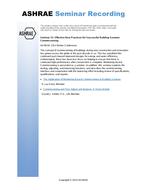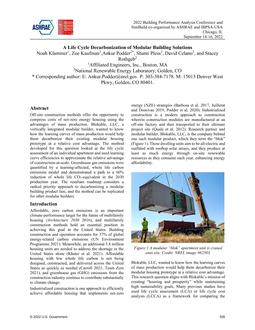First-principles models of variable-speed vapor-compression machine are too computationally intensive for simulation, especially when optimal internal and/or supervisory control is required. To address this problem, curve fits have been shown to work well for chillers and heat pumps (Jiang et al. 2007; Zakula et al. 2011). Direct expansion air-conditioning, on the other hand, is complicated by the need for additional boundary conditions: air temperature, T, air specific humidity, win, air mass flow rate and by the fact that air-side flow rate is often varied independently of capacity fraction, outdoor temperature and entering air conditions. The problem is amplified, in terms of number of boundary conditions, for multi-evaporator systems. A new approach has been developed using separate evaporator models coupled to a single outdoor unit represented by two polynomial performance maps with capacity fraction (CF), condenser entering air temperature, Tx, and saturated suction temperature, Te, as their independent variables. One map, 1/COP(CF, Tx, Te) returns specific power while the other, Tcondliq(CF, Tx, Te), returns refrigerant liquid temperature leaving the condenser. Loadside heat and mass exchanger performance is represented by first principles models based on the Chilton-Colburn analogy for mass diffusion coefficients and an effectiveness-NTU model for heat exchanger performance with condensing water film on the air side. The 1/COP, outdoor unit input power, and unknown temperatures converge within 9 iterations to obtain 1/COP within 0.1% of the exact solution. To illustrate its application, the approach is applied to a dedicated outdoor air system (DOAS) with run-around heat exchanger and refrigerant-air subcooler/reheater cooled by dehumidified air leaving through the evaporator.
Product Details
- Published:
- 2015
- Number of Pages:
- 8
- Units of Measure:
- Dual
- File Size:
- 1 file , 930 KB
- Product Code(s):
- D-AT-15-C017
- Note:
- This product is unavailable in Russia, Belarus


